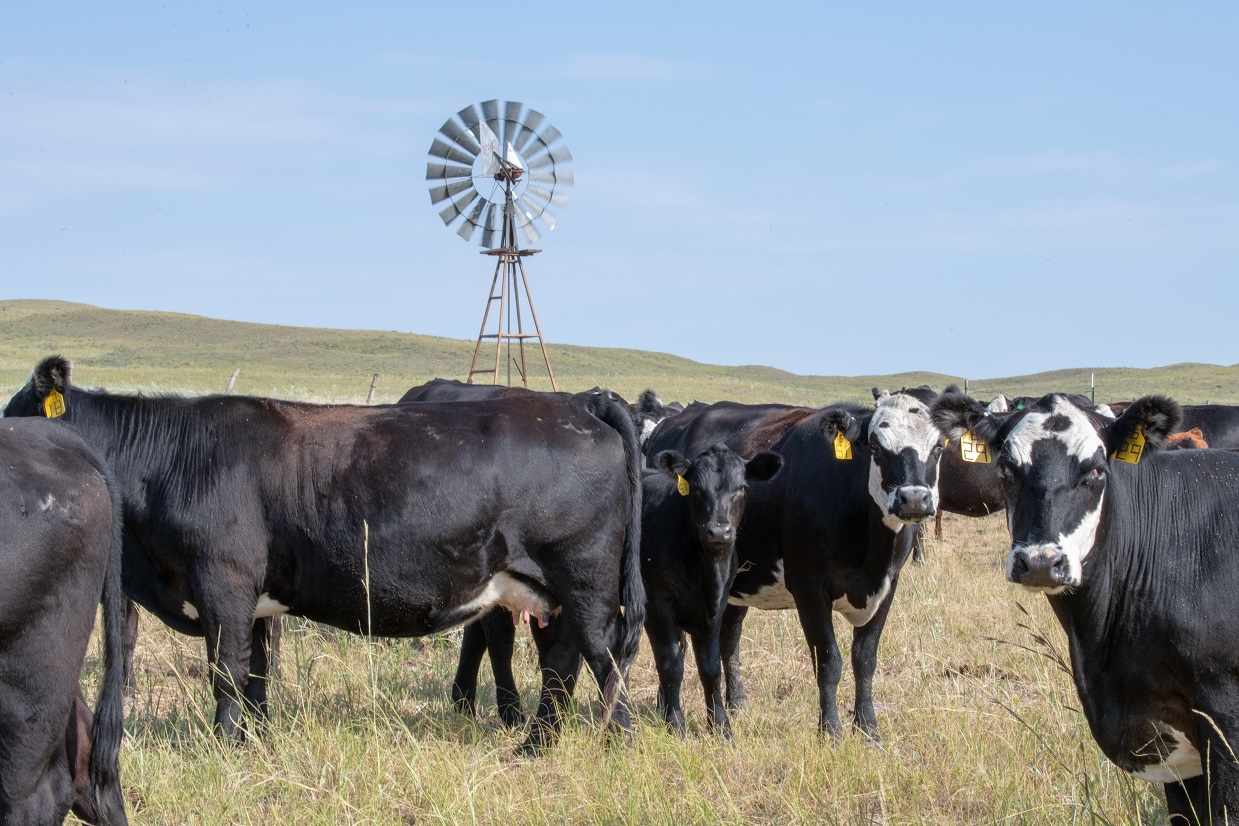Cow Herd Appraisal Performance Software (CHAPS) Benchmark Data – A Review

Listen to a discussion of the content in this article on this episode of the BeefWatch podcast. You can subscribe to new episodes in iTunes or paste http://feeds.feedburner.com/unlbeefwatch into your podcast app.
The 2021 North Dakota Livestock Research Report includes an article on the North Dakota State University CHAPS data recording software program that works with cow-calf producers to enter and store cow herd production information and then provides a framework to analyze and compare data to other herds in the program. The CHAPS program began in 1985 with the intent to help producers set goals and then manage herds to achieve these goals. The value of this type of program is the accountability it provides for recording production information and then to provide a method to get benchmark data to see how a producer’s own herd compares to others in the program.
In order for a producer’s herd data to be included in the benchmark information, their herd size must be 50 cows or more and they must provide at least three consecutive years of data. From this data five-year average benchmarks are calculated from the previous five yearly averages. The 2021 benchmark data includes records from 57,271 cows exposed to bulls from 2016 to 2020. In the article not only is 2021 data provided, but also five-year rolling average data from 2000 until 2020. The following are some observations of the data.
The average cow herd in this data set would be considered very productive in the eyes of most cow-calf producers. The 2021 average cow pregnancy percentage is 94.3%, calf death loss is 3.1%, and calf crop weaned per cow exposed is 91.4%. Over 96% of cows calve in the first 63 days of the calving season with almost 64% calving in the first 21 days. Adjusted 205-day weight for calves is 643 with total pounds weaned per cow exposed at 509. Average cow age is 5.6, with cows weighing 1423 pounds in a body condition score of 5.9 at weaning.
One of the interesting things to look at is to see what changes have occurred in the data set over time. Has productivity changed much over the last 25 years when looking at five-year rolling averages? This is data collected from 1995-2019. There has been a slight trend for improvement in production factors, specifically from 2000 to 2005 in pregnancy rates (92.4 to 93.4), percent calf crop weaned (88.6 to 90.3), as well as average weaning weight (542 to 558) and pounds weaned per cow exposed (475 to 500). From 2005 to 2020, minimal to no changes have occurred to productivity in these measurement factors.
This prompts the question, is there realistically any room for significant improvement in overall average productivity for herds in the data set? Has cowherd productivity reached the point where genetic potential has been fully realized given the resources in this environment? It would seem likely, given the small improvement at the turn of the century and then minimal to no change in productivity since that time. That having been said, it doesn’t mean that for some individual herds, opportunity for improvement may still exist. However, the cost needed to achieve this improved productivity needs to be carefully compared to the value of production that is projected to be realized. For most cow-calf operations, the “low hanging fruit has been picked” so to speak when it comes to improving production.
One of the challenges of a data set like this is that while production information is known, there isn’t any knowledge of how profitable the cow-calf operations were that were involved in the program. Cost data is much harder to collect and also is more difficult to put into a format that accurately compares one operation to another. Production information is simpler to gather and analyze. Just because a cow herd is at or above the production benchmarks doesn’t mean that the operation was profitable. An operation that had lower productivity numbers may be significantly more profitable than those at the top of productivity in the benchmark group.
The late Dr. Bob Taylor from Colorado State University said it well. “Profitable cattle are usually productive, but productive cattle are not always profitable.” Productivity doesn’t automatically equal profitability. The collection of both production and cost information as well as value of cattle produced is needed to know the profitability of a cow-calf enterprise.
The CHAPS benchmark data set is one of the few centralized commercial cow-calf data recording programs available in the country that publishes production information. The information the program provides for benchmarks and as a barometer of cow herd productivity in the northern Great Plains is a valuable tool. For cow-calf producers who keep production records, being able to connect that information to both direct and overhead costs associated with the cow-calf enterprise is where the power comes to be effective in making decisions that will improve cost of production and profitability.
Interviews with the authors of BeefWatch newsletter articles become available throughout the month of publication and are accessible at https://go.unl.edu/podcast.
